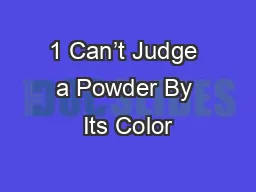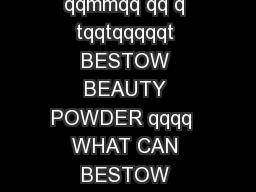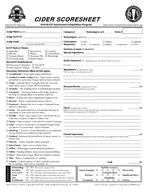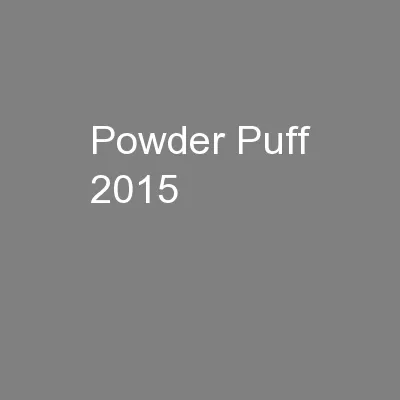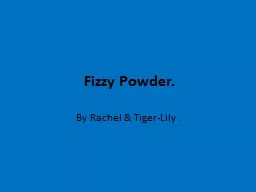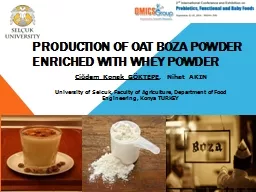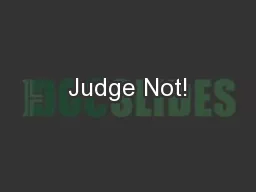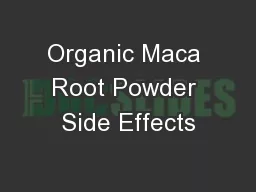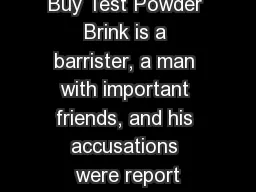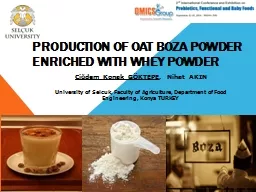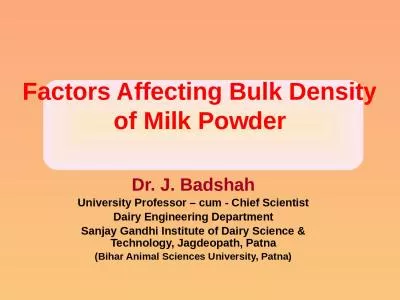PPT-1 Can’t Judge a Powder By Its Color
Author : marina-yarberry | Published Date : 2016-07-17
Gretchen S Wolf Continuing Lecturer Purdue University Calumet Site Coordinator Purdue Regional Science Olympiad Regional Judge 1999 to present National Judge 2003
Presentation Embed Code
Download Presentation
Download Presentation The PPT/PDF document "1 Can’t Judge a Powder By Its Color" is the property of its rightful owner. Permission is granted to download and print the materials on this website for personal, non-commercial use only, and to display it on your personal computer provided you do not modify the materials and that you retain all copyright notices contained in the materials. By downloading content from our website, you accept the terms of this agreement.
1 Can’t Judge a Powder By Its Color: Transcript
Download Rules Of Document
"1 Can’t Judge a Powder By Its Color"The content belongs to its owner. You may download and print it for personal use, without modification, and keep all copyright notices. By downloading, you agree to these terms.
Related Documents

